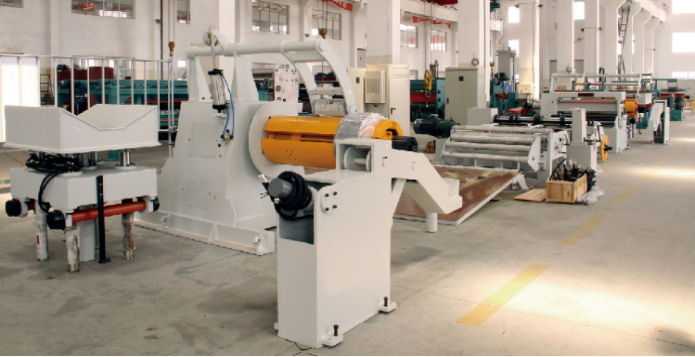
Understanding Road Sign Profile Cold Bending Machines
In today's world, road safety is a paramount concern, and effective road signage plays a crucial role in ensuring the safety of both drivers and pedestrians. To create these critical signs, manufacturers employ various types of machinery, one of which is the road sign profile cold bending machine. This article discusses the significance, functionality, and advantages of cold bending machines in the road sign industry.
Significance of Road Signage
Road signs are essential for guiding traffic, warning of potential hazards, and providing critical information to drivers. With a vast array of signs, including regulatory, warning, and informational types, the demand for durable and precise road signs has surged. Cold bending machines have become vital in meeting these needs, allowing for the efficient production of high-quality signs.
What is a Cold Bending Machine?
A road sign profile cold bending machine is a specialized industrial tool designed to shape and deform metal sheets into specific profiles required for road signs. Unlike traditional bending methods that apply heat to achieve deformation, cold bending involves manipulating metal at room temperature. This method is preferred for several key reasons, including maintaining the material's physical properties and improving overall structural integrity.
Functionality of Cold Bending Machines
The operation of a road sign profile cold bending machine is rooted in advanced technology, incorporating components like rollers and dies that facilitate the bending process. The machine typically accepts flat metal sheets made from aluminum or steel, which are common materials for road signs due to their durability and corrosion resistance.
1. Feeding Mechanism The metal sheet is fed into the machine, where it is positioned accurately to ensure precision bending. 2. Bending Rollers The machine utilizes rollers to shape the metal sheet. These rollers apply consistent pressure, bending the sheet into the desired profile. Adjustability is a critical feature, allowing operators to alter the settings based on specific sign requirements.
3. Cutting Tools After bending, signs often need to be cut to size or have specific features added, such as holes for mounting. Cold bending machines frequently incorporate cutting tools for this purpose, streamlining the production process.
4. Finishing Components Finally, some machines are equipped with finishing tools to smooth edges or add reflective materials, enhancing visibility and safety for nighttime driving.

Advantages of Cold Bending Machines
The use of cold bending machines in the production of road signs comes with numerous advantages
1. Cost-Effective Cold bending reduces material waste and minimizes the need for additional heating equipment, leading to lower production costs.
2. Durability The cold bending process preserves the metal's inherent strength, resulting in signs that can withstand harsh weather conditions and resist deformation over time.
3. Precision Modern cold bending machines are equipped with advanced technology that ensures high accuracy and consistency in the bending process, leading to uniform sign shapes.
4. Versatility These machines can be used to produce a variety of sign shapes and sizes, making them suitable for different types of road signage requirements.
5. Quick Production With automated features, cold bending machines can significantly speed up the production process, allowing manufacturers to meet high demand promptly.
Future of Cold Bending Technology
As technology continues to advance, road sign profile cold bending machines are expected to evolve further. Innovations such as automation, computer numerical control (CNC), and enhanced material science could make the production process even more efficient. Additionally, with increasing focus on sustainability, future developments may aim to utilize eco-friendly materials and processes, aligning with global efforts to reduce environmental impact.
Conclusion
In summary, road sign profile cold bending machines are indispensable in the manufacturing of road signage. Their ability to produce durable, precise, and cost-effective products contributes significantly to road safety. As this technology progresses, it will not only improve the efficiency of sign production but also enhance the quality of safety measures on our roads. The evolution of cold bending machines represents a key aspect of the future of road signage, ensuring that our roadways remain safe and navigable for everyone.